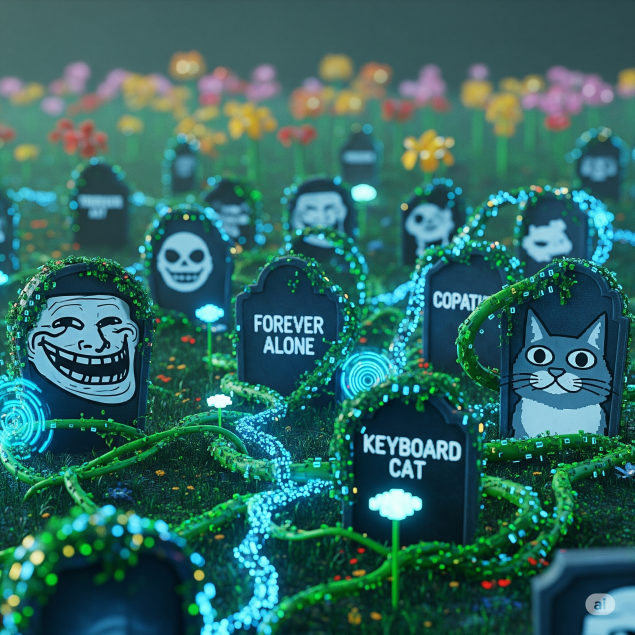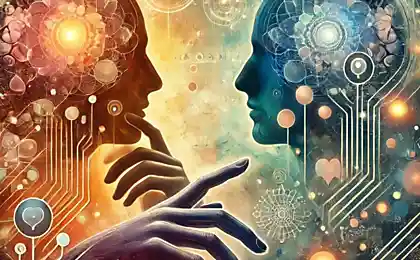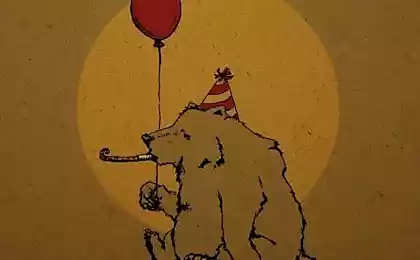151
8 Reasons Why Your Jokes Aren't Funny, Even If You Don't Think They Are

Humor is one of the most complex forms of human interaction. It requires not only a sharp mind, but also a deep understanding of the psychology of the interlocutor, the cultural context and social norms. Many people are confident in their comedic abilities, but in practice their jokes are met with cold silence or polite smiles. Why is this happening? Let’s break down the eight main reasons that turn potentially funny moments into awkward pauses.
1. Sarcasm without context is a weapon of mass misunderstanding
Sarcasm is the highest form of irony, requiring mastery. The main problem with sarcastic jokes is that they are built on the contrast between the spoken and the implied. If the listener doesn't catch this contrast, the joke doesn't just fail - it can be perceived as rude or aggressive.
Studies show that sarcastic utterances activate areas in the listener’s brain that handle conflict situations when the context is unclear.
Lifehack for sarcasm: Always check to see if the other person understands the context of your sarcasm. Use intonation, facial expressions and gestures as additional markers of irony. Sarcasm without empathy is just cruelty.
2. Outdated Memes: A Cemetery of Internet Humor

Internet memes have a very short life cycle. What was at the peak of popularity yesterday can only cause irritation today. Using outdated memes in jokes is like showing up at a party wearing a suit that was fashionable five years ago.
72 hours
Average lifespan of an Internet meme before becoming irrelevant
Memes require constant monitoring of trends. If you’re not prepared to follow the fast-paced Internet culture, it’s best to base humor on more sustainable sources—life situations, observations of human nature, universal themes.
3. Lack of self-irony – a path to social isolation
Irony is not just the ability to laugh at yourself. It is a demonstration of confidence, emotional maturity and the ability to introspection. People who joke only about others quickly acquire a reputation for being arrogant and unpleasant.
Psychologists argue that the ability to self-irony correlates with high levels of emotional intelligence and social adaptability.
Start small – joke about your harmless habits or characteristics. Watch the reaction of others. Gradually expand your comfort zone, but always remember the boundaries of decency and self-respect.
4. Jokes Beyond Morality: Playing with Fire
A sense of humor is subjective and shaped by personal experience, cultural norms, and value systems. Jokes that touch on painful or taboo topics can not just not laugh, but seriously offend or traumatize the interlocutor.
Especially dangerous are jokes about physical disabilities, social status, religious beliefs, nationality or personal tragedies. What seems harmless to you can deeply hurt another person based on their life experiences.
5. Failure to tell stories is a potential killer

Even the most ingenious joke can fail because of a bad presentation. Storytelling is an art that can and should be learned. Monotony, protractedness, lack of climax and incorrect placement of accents can kill any humor.
Secrets of effective storytelling: • Control your speech tempo – pause for key moments
• Use facial expressions and gestures to enhance the effect
• Create live images with details
• Maintain eye contact with the audience
• Cut off the extra – concentrate on the main thing
6. Repeating someone else’s jokes is a sign of creative bankruptcy
In humor, originality and creativity are most appreciated. Borrowing someone else's jokes is perceived as a lack of their own style and inability to original thinking. Even a really funny joke loses its power if it is not original.
Develop observation – the best humor comes from attention to the details of life. Listen to conversations, observe people, analyze situations. Your unique view of the world is the source of original jokes.
7. Lack of confidence – self-sabotage in action
Self-doubt is transmitted through body language, intonation and manner of speech. If you do not believe what you say, how can you expect a positive response from others? Stumping, muttering, avoiding eye contact - all this creates discomfort and distracts from the essence of the joke.
Studies of nonverbal communication show that 55% of information is transmitted through body language, 38% through intonation, and only 7% through words.
Techniques to increase confidence: Rehearse jokes in front of the mirror
• Work on diction and clarity of speech
• Watch your posture and gestures
• Practice maintaining eye contact
• Start with a trusted audience – friends and loved ones
8. Inappropriateness – Violation of social boundaries
Context is the king of humor. A joke perfect for meeting friends can prove disastrously out of place in the office or family circle. The ability to read the audience and adapt to the situation is a key skill of a successful humorist.
Inappropriateness can come in many forms: an inappropriate topic, the wrong time, an inappropriate audience, or simply a mismatch with the general mood. Always analyze the context before making a joke.
Conclusion: The Way to the Mastery of Humor
Humor is not an innate talent, but a skill that can be developed. Understanding these eight reasons why jokes fail is the first step to improving your comedic abilities. Remember, a good humorist is not someone who knows a lot of jokes, but someone who understands people, feels context, and knows how to create an atmosphere of joy and understanding.
Start by working on yourself – develop empathy, observation, and confidence. Learn to read the audience and adapt to the situation. The best humor is not the one that demeans others, but the one that brings people together and creates positive emotions.
Glossary
sarcasm
A form of irony based on the contrast between the literal meaning of words and their true meaning, often used to express ridicule or criticism.
Self-irony
The ability of a person with humor to relate to their own shortcomings, mistakes and characteristics, demonstrating emotional maturity and self-confidence.
Storytelling
The art of storytelling using various techniques to create an emotional impact on an audience.
Emotional intelligence
The ability to recognize, understand and manage one’s own emotions, and to interact effectively with others’ emotions.
Nonverbal communication
Transmission of information without the use of words - through gestures, facial expressions, postures, intonation and other non-verbal signals.
context
The set of circumstances, conditions and factors in which communication occurs and which affect the perception and interpretation of the message.























